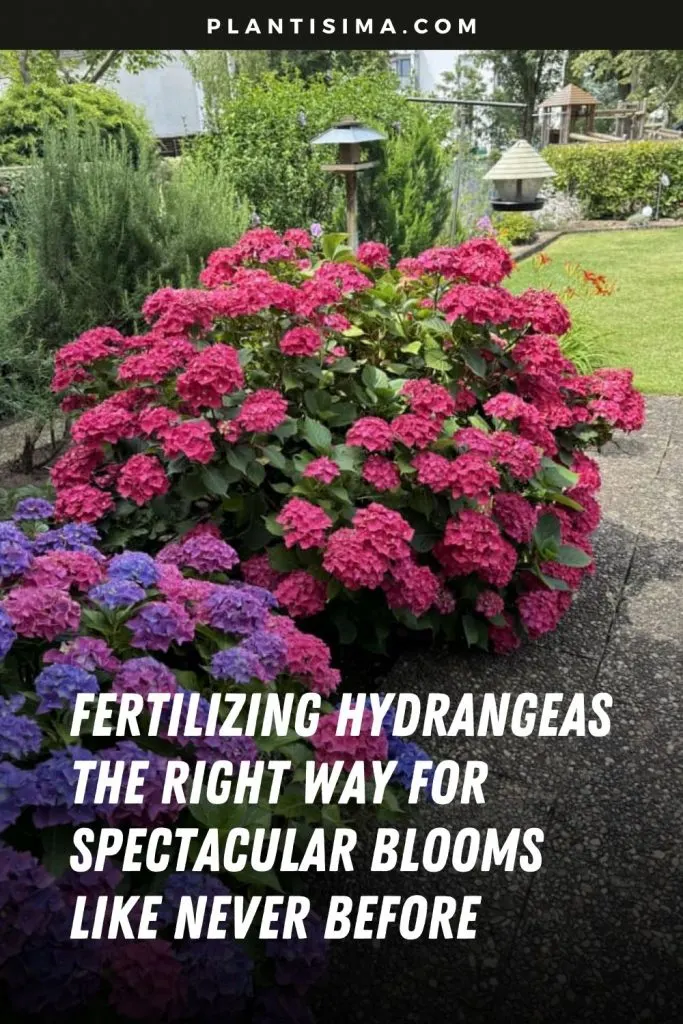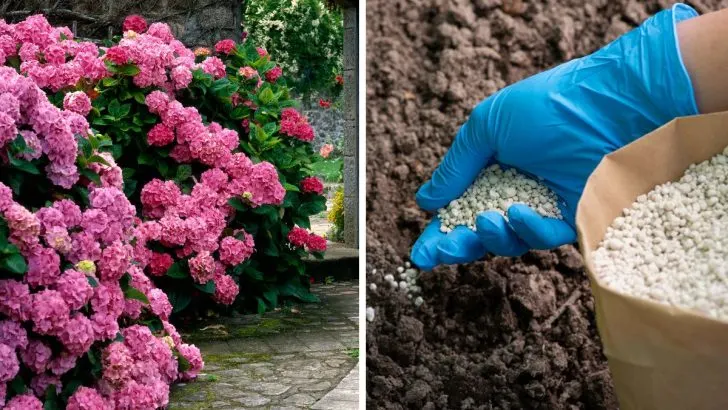Hydrangeas are one of those garden plants that, when planted properly, can steal the show. With their large, lush leaves and iconic, oversized round flower heads, they have a magical quality that makes any garden feel more vibrant.
But let’s be honest—getting those hydrangeas to bloom beautifully can sometimes feel like an uphill battle.
While general care like watering and pruning plays its part, the real secret to unlocking those large, magnificent blooms lies in smart fertilization.
If you know the right techniques, from the type of fertilizer to use to the best time to apply it, you’ll soon have the most spectacular hydrangeas your garden has ever seen!
Organic vs. Synthetic Fertilizer: Which is Better?
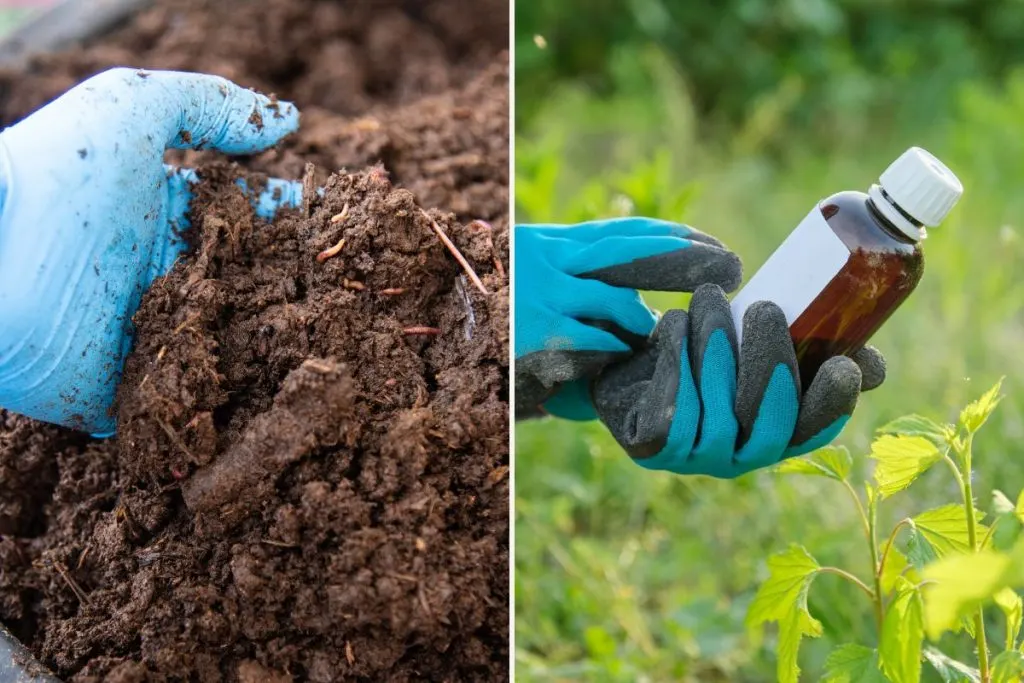
When it comes to choosing between organic and chemical fertilizers, there’s no one-size-fits-all answer. Both options have their pros and cons.
Synthetic fertilizers tend to be more concentrated, delivering faster, noticeable results. On the other hand, organic fertilizers are generally gentler on your soil and provide a long-lasting boost to soil health.
Ultimately, it comes down to personal preference, but many gardeners lean towards organic fertilizers because they’re environmentally friendly and promote healthy, balanced soil.
Key Nutrients for Bigger, Better Blooms
For hydrangeas, the three primary nutrients you should focus on are nitrogen (N), phosphorus (P), and potassium (K). These are often labeled as NPK on fertilizer packaging. Phosphorus, in particular, is essential for promoting larger, more vibrant flower heads.
Look for a fertilizer designed to enhance blooms, and apply it as soon as your hydrangeas start to sprout in the spring. This will give them the nutrients they need to develop strong stems and big, bold flowers.
Fertilization Frequency: How Often is Enough?
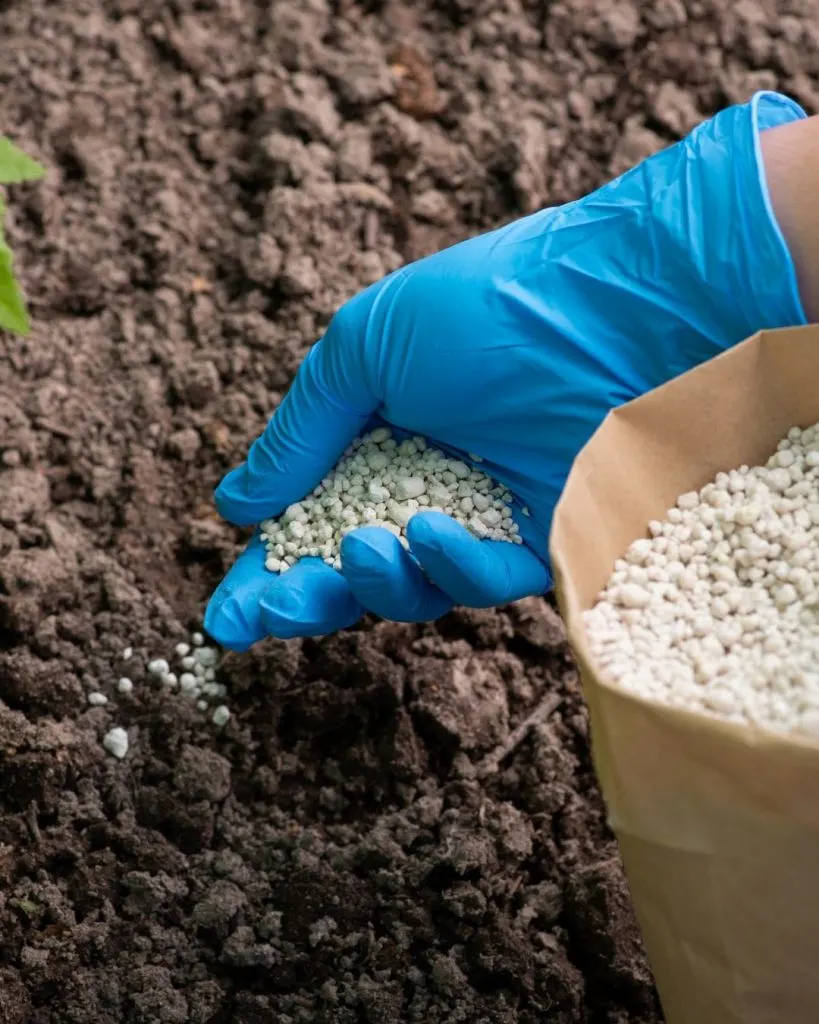
Consistency is key when it comes to fertilizing hydrangeas. To encourage optimal blooms, apply a balanced fertilizer every 7 to 14 days during the growing season. Make sure you’re targeting the roots, as this is where the nutrients will be absorbed and put to work.
Pro tip: Consider alternating between liquid and granular fertilizers for well-rounded nutrition.
What’s the Best Nutrient Ratio for Hydrangeas?
If you’re aiming for show-stopping hydrangea blooms, phosphorus should be your primary focus. Ideally, choose a fertilizer with an NPK ratio around 10-20-10, which means it contains twice as much phosphorus as nitrogen and potassium.
This higher phosphorus content encourages flower formation, leading to those large, head-turning blooms we all admire.
Additional Tips for Success
• Choosing the Right Variety: Make sure you’re planting the right hydrangea variety for your climate and garden conditions. For example, some types of hydrangeas thrive in partial shade, while others need full sun to produce blooms.
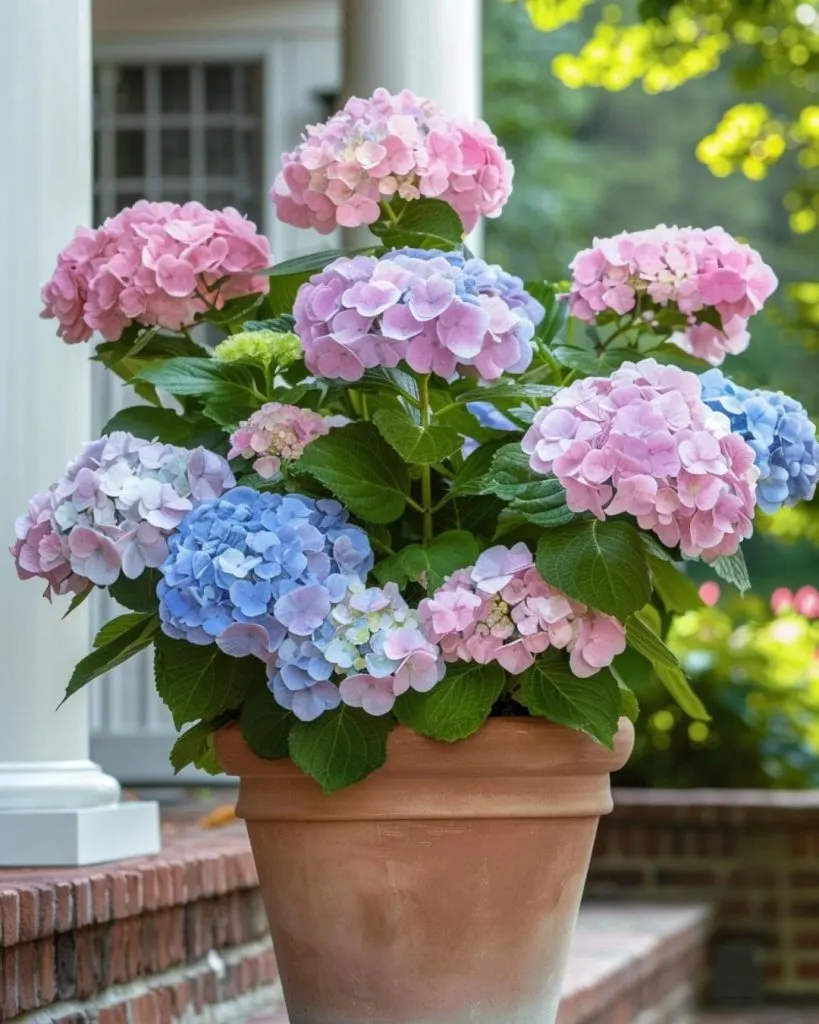
• Soil Preparation is Key: Fertilizer alone isn’t enough. You need to start by properly preparing and enriching the soil before planting. Hydrangeas prefer well-drained, slightly acidic soil, so consider testing your soil and amending it as needed.
• Balance Sun and Shade: Hydrangeas love the morning sun but benefit from some afternoon shade, especially in hotter climates. Find the sweet spot to keep your plants happy.
• Adjusting Bloom Color with Soil pH: Want pink or blue flowers? It’s all about the soil pH! Acidic soils result in blue blooms, while more alkaline soils give you pink flowers. This is a fun way to customize the look of your hydrangea garden.
Hydrangea Mastery Starts with Smart Fertilization
While fertilizing your hydrangeas is essential, it’s not the only piece of the puzzle. Success also depends on choosing the right plant variety, preparing your soil properly, and providing the right balance of sunlight and moisture.
By following these fertilization tips and staying attentive to your hydrangeas’ needs, you’ll be well on your way to growing hydrangeas that are the envy of your neighborhood. So, roll up your sleeves and get ready for a garden filled with big, beautiful blooms!
